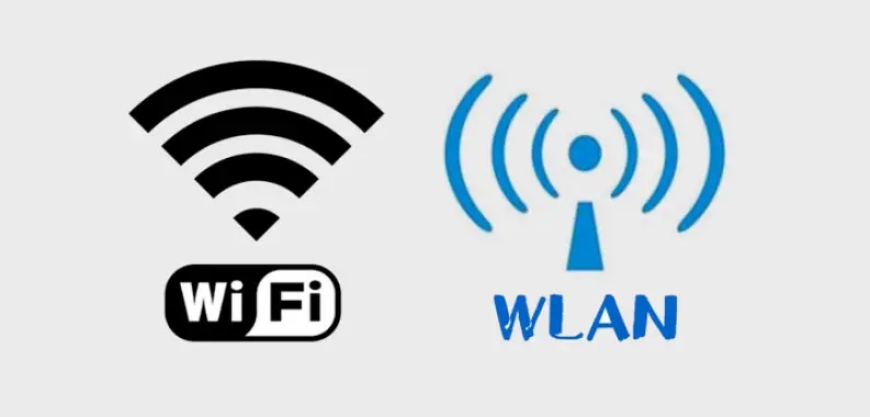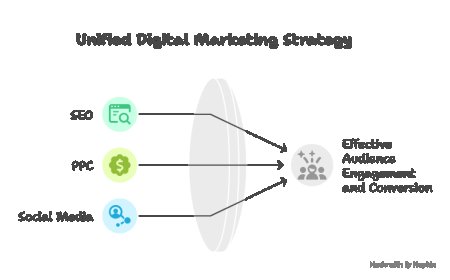Key Differences Between Fiber Optic & Wireless Internet

In todays world, having a reliable and fast internet connection is more important than ever. Whether it's for work, school, streaming movies, or staying connected with family and friends, the internet plays a huge role in our daily lives.
Two of the most popular ways to connect to the internet are fiber optic internet and wireless internet. While both are widely used, they work in very different ways, and each has its own advantages and disadvantages. In this blog, well explore the key differences between fiber optic and wireless network connection, so you can better understand which one might be best for your needs.
What is Fiber Optic Internet?
Fiber optic internet is a type of broadband connection that uses thin strands of glass or plastic fibers to transmit data as light signals. These fibers allow data to travel very quickly over long distances without losing signal quality. Fiber optic internet is known for its speed and reliability, which makes it a top choice for many businesses and households.
The technology behind fiber optic internet is simple but powerful. Instead of relying on electrical signals, like traditional copper cables, fiber optic cables use light to carry data. Because light travels faster and with less resistance than electricity, fiber optic internet can deliver incredibly high speeds and low latency.
What is Wireless Internet?
Wireless internet, or Wi-Fi, allows you to connect to the internet without needing to plug your device directly into a cable. Instead, it uses radio waves to send data between your device (such as a phone, laptop, or tablet) and a wireless router. Wi-Fi has become incredibly popular in homes, businesses, and public spaces because it offers convenience and flexibility.
Wireless internet works by creating a wireless network in your home or office. The router is usually connected to a wired internet source, such as fiber optic or cable internet, and then it broadcasts the internet signal throughout the space using radio waves.
Key Differences Between Fiber Optic & Wireless Internet
Now that we understand how both fiber optic and wireless internet work, lets look at the key differences between them. These differences will help you understand how each type of internet connection functions and which one might be best for your needs.
1. Speed
Speed is one of the most important factors when choosing an internet connection.
-
Fiber Optic Internet: Fiber optic internet is known for its fast speeds. It can offer speeds of up to 1,000 Mbps (megabits per second) or even more. This makes it ideal for high-demand activities like streaming high-definition videos, online gaming, or video conferencing. Fiber optic internet provides both fast download and upload speeds, which is a major advantage over other types of connections.
-
Wireless Internet: Wireless internet speeds are typically slower than fiber optic internet. The actual speed you get will depend on a variety of factors, such as the type of wireless technology used (Wi-Fi 5, Wi-Fi 6), the distance from the router, and how many devices are connected to the network. Wireless internet speeds typically range from 25 Mbps to 100 Mbps, with newer Wi-Fi standards offering faster speeds. However, even with the latest Wi-Fi technology, wireless network still can't match the speed of fiber optic internet.
2. Reliability
The reliability of your internet connection is important, especially if you need it for work, school, or other critical activities.
-
Fiber Optic Internet: Fiber optic internet is extremely reliable. Because it uses light signals, it is less affected by external factors like weather, interference, or physical barriers. Fiber optic cables can transmit data over long distances without signal degradation, which makes it one of the most stable internet connections available. You can expect a stable connection with minimal interruptions.
-
Wireless Internet: Wireless wifi network is generally less reliable than fiber optic internet. The strength of the Wi-Fi signal can be affected by various factors, such as the distance from the router, walls or other physical barriers, and interference from other devices like microwaves or Bluetooth gadgets. If youre too far from the router or there are obstacles between your device and the router, your connection may slow down or drop entirely.
3. Installation Process
When it comes to installing internet services, the process can vary depending on the type of connection.
-
Fiber Optic Internet: Installing fiber optic internet can be more complicated and expensive compared to wireless internet. Fiber optic cables need to be physically installed, which may involve digging up roads or installing cables through buildings. The installation process can take time and may not be available in all areas, especially in rural or remote locations. However, once the fiber optic infrastructure is in place, the service tends to be fast and reliable.
-
Wireless Internet: Setting up wireless internet is much easier. You only need a wireless router and a broadband connection to get started. The installation process is usually quick and can be done by the user without professional help. You can set up a wireless router in a few minutes and begin using the internet right away. Wireless internet is more accessible because it doesnt require the same physical infrastructure as fiber optic internet.
4. Coverage Area
The coverage area of your internet connection is another important factor to consider.
-
Fiber Optic Internet: Fiber optic internets coverage area is limited by where the fiber optic cables are installed. In many urban and suburban areas, fiber optic networks are available, but in rural or remote locations, they may not be.
-
Wireless Internet: Wireless internet can cover larger areas, such as an entire home or office, as long as you're within the range of the routers signal. The range of Wi-Fi networks can vary depending on the type of router and any obstructions in the area. However, the further you are from the router, the weaker the signal may become.
Bottom Line
When deciding between fiber optic and wireless internet, consider your needs. If you need the fastest and most reliable connection, fiber optic internet is the way to go. But if youre looking for convenience and flexibility, wireless internet may be the better choice.























